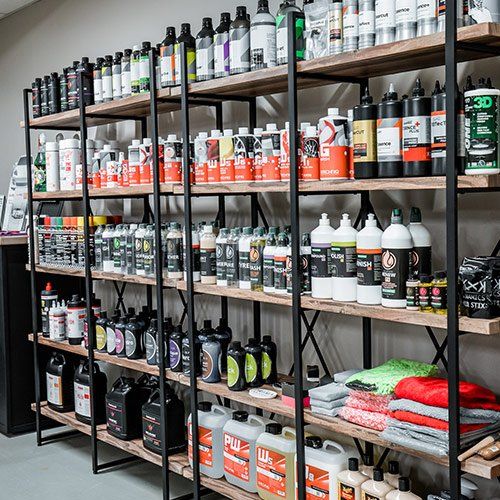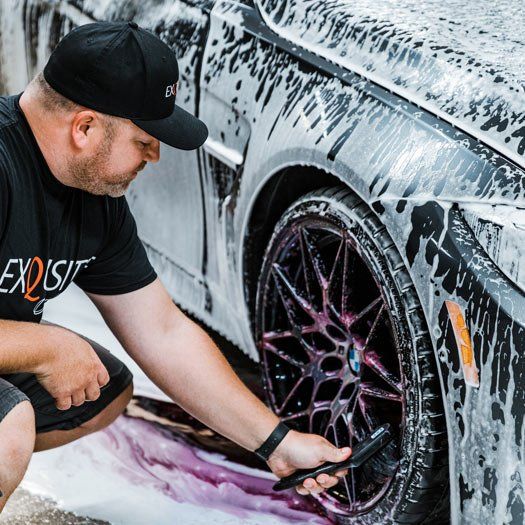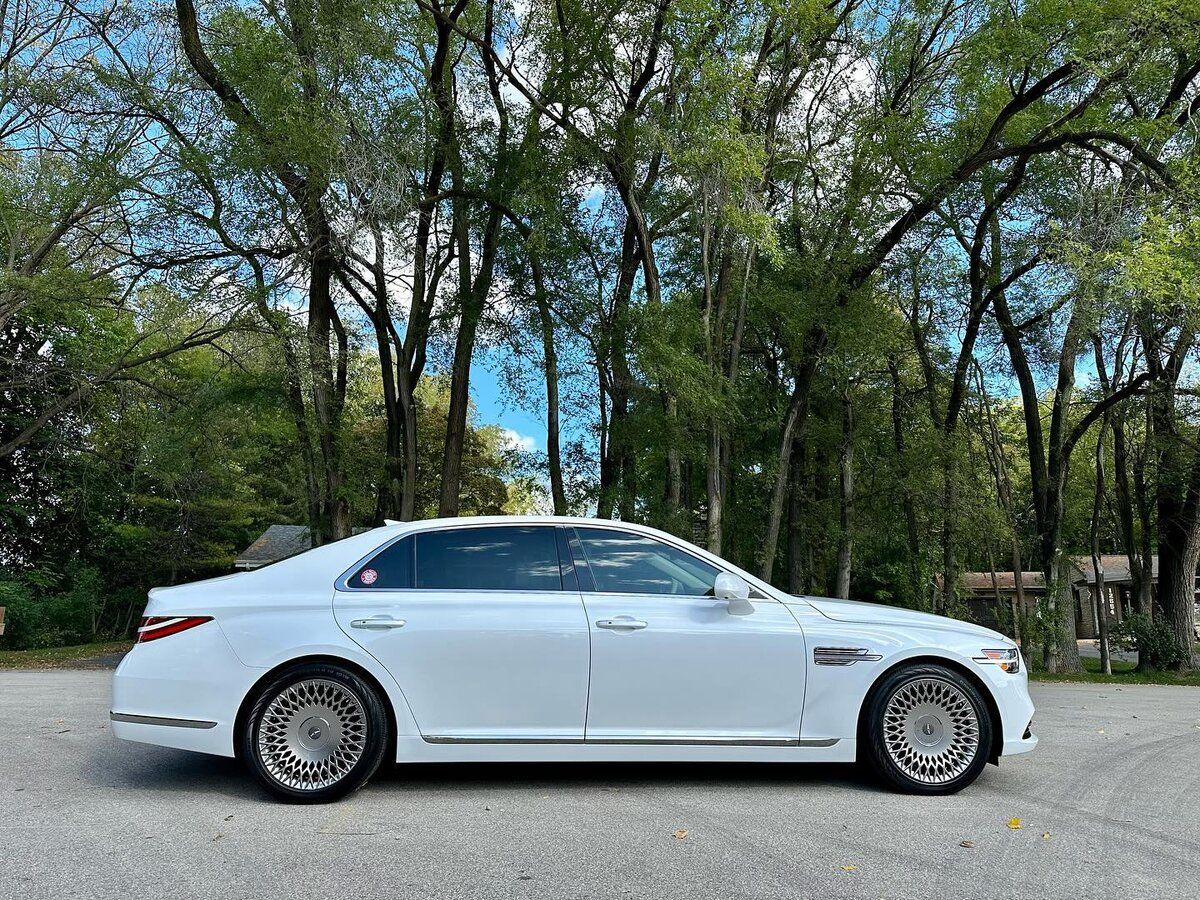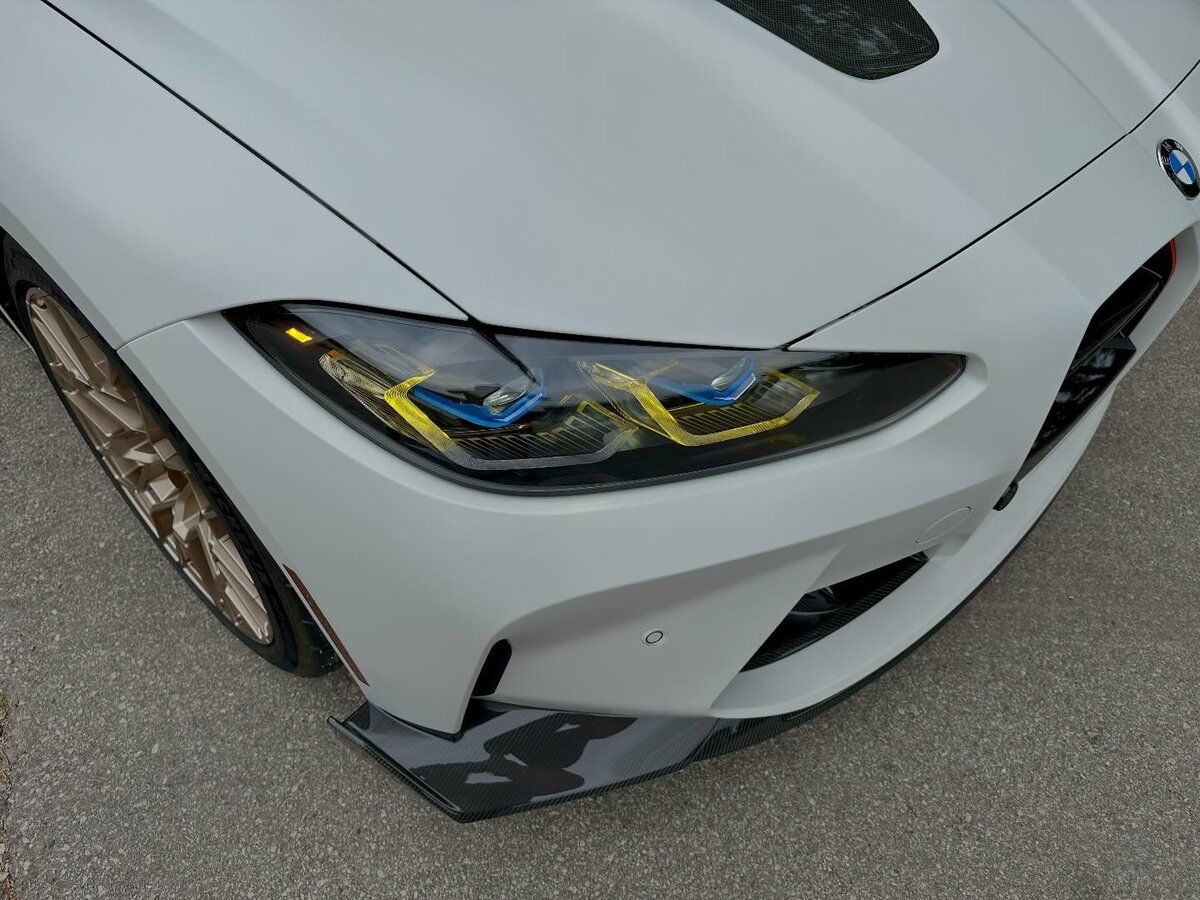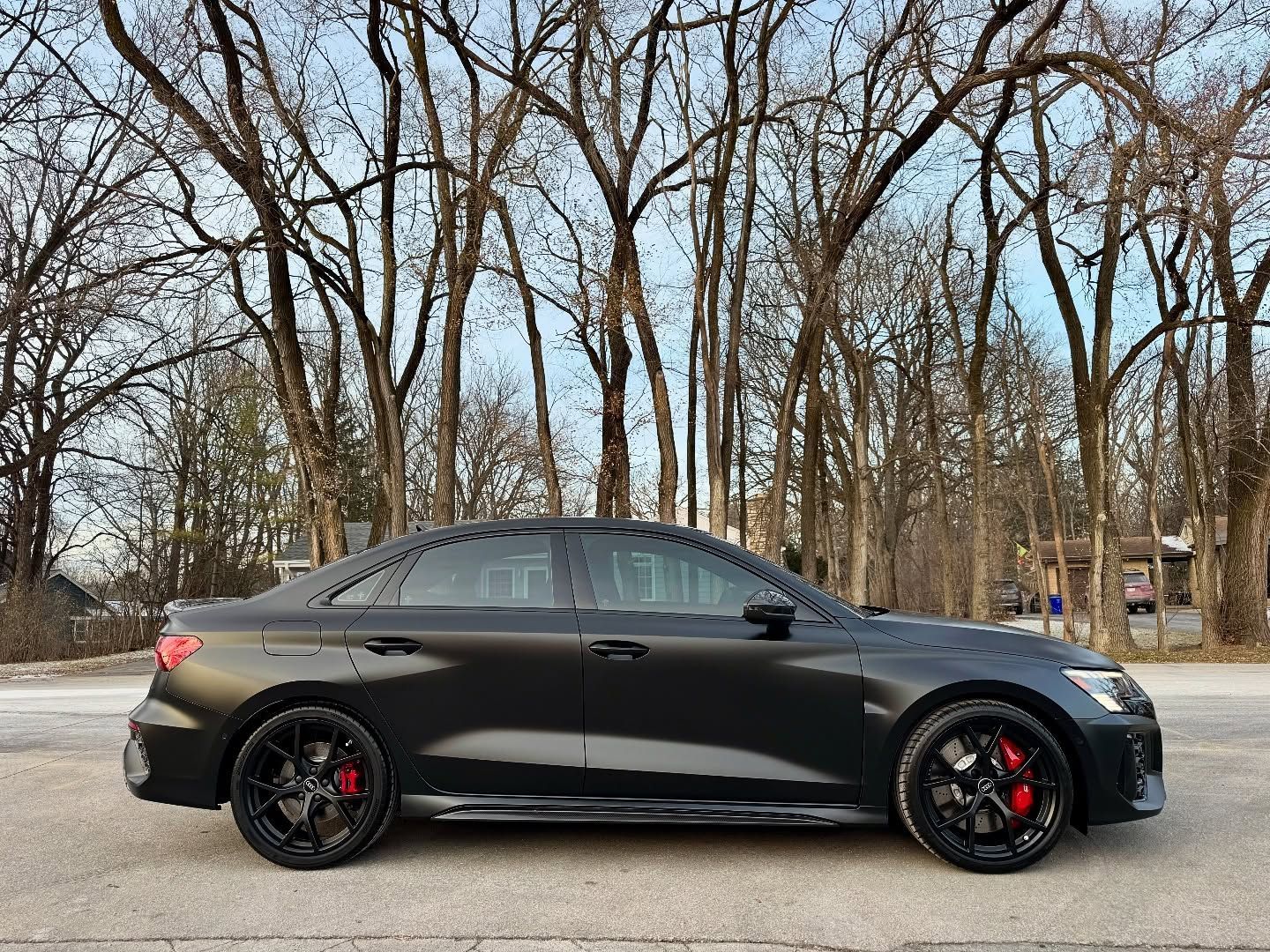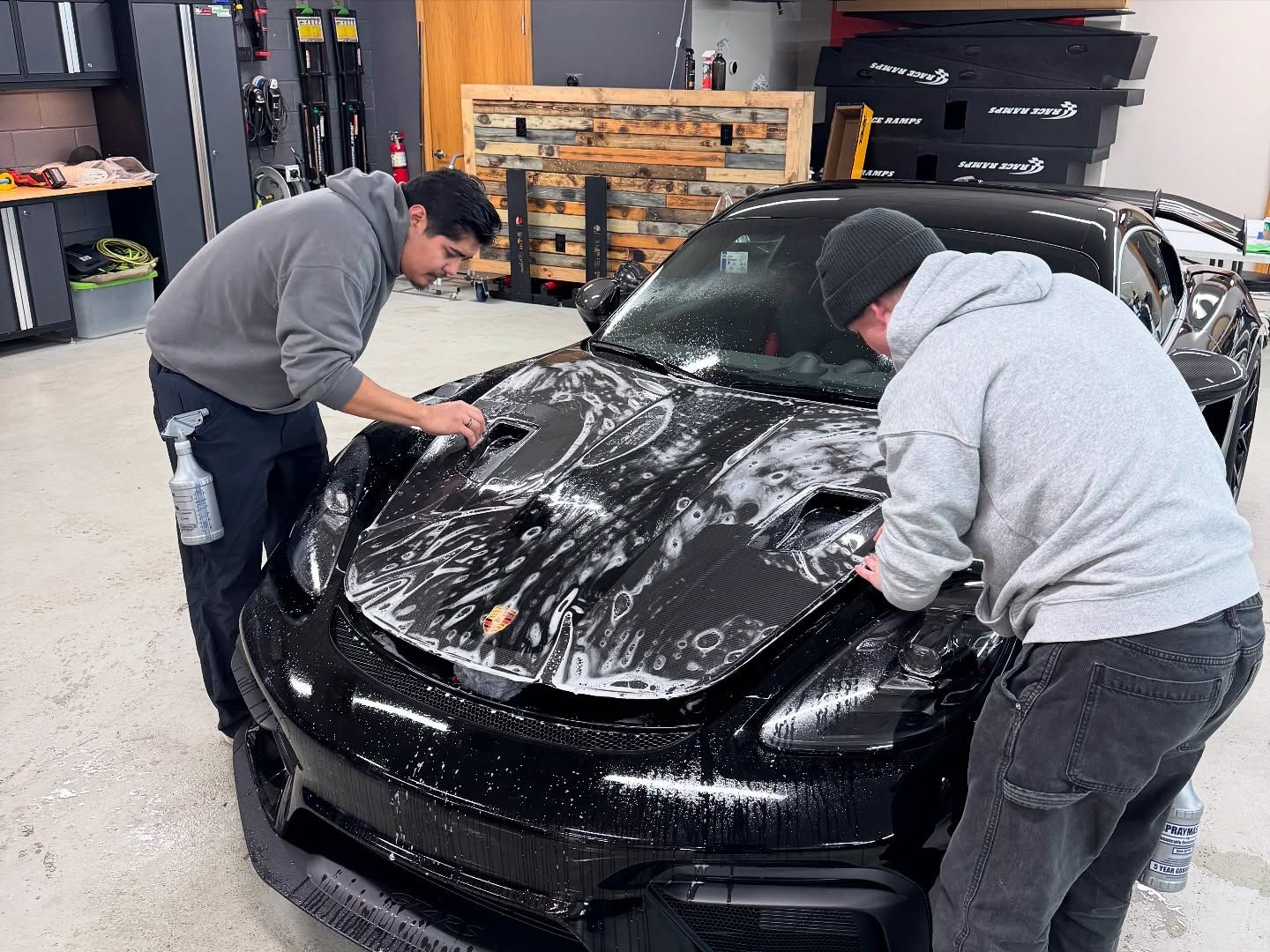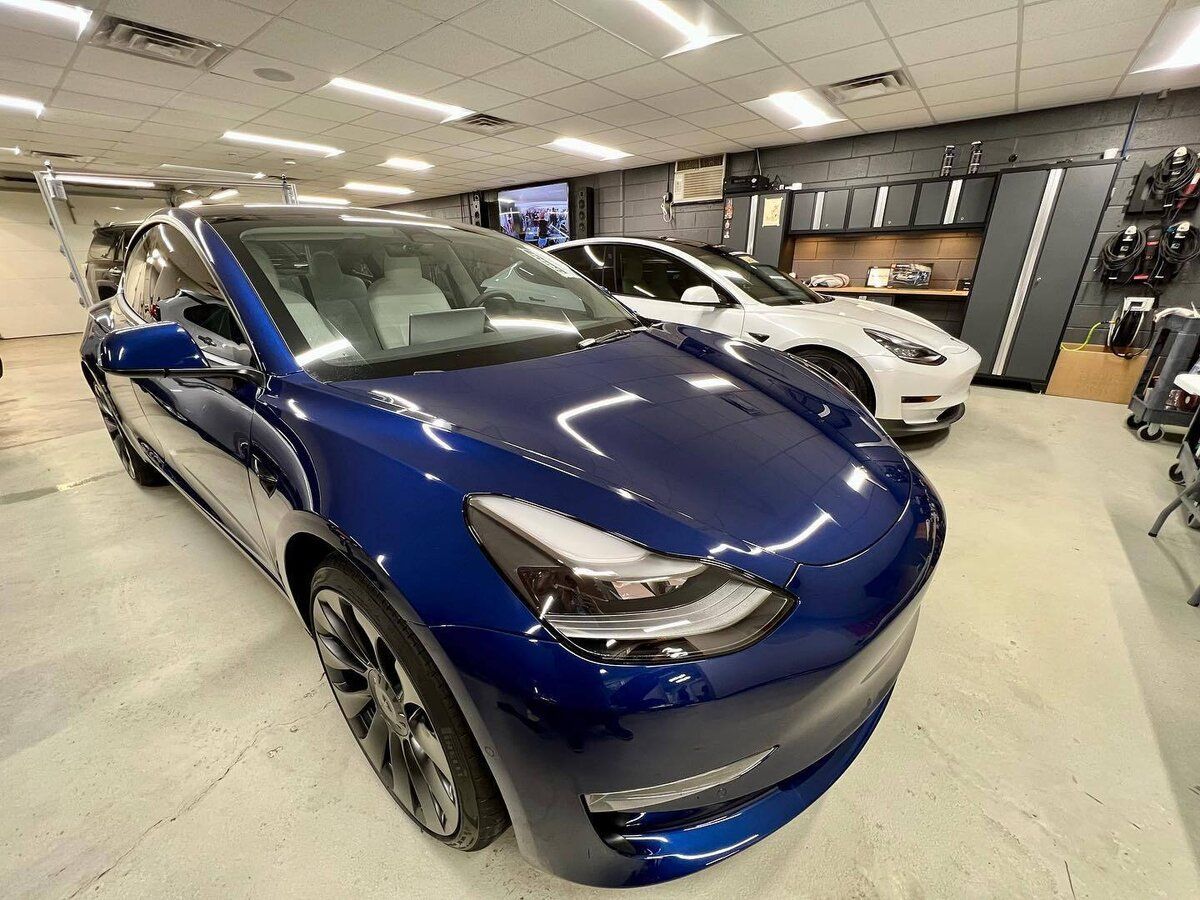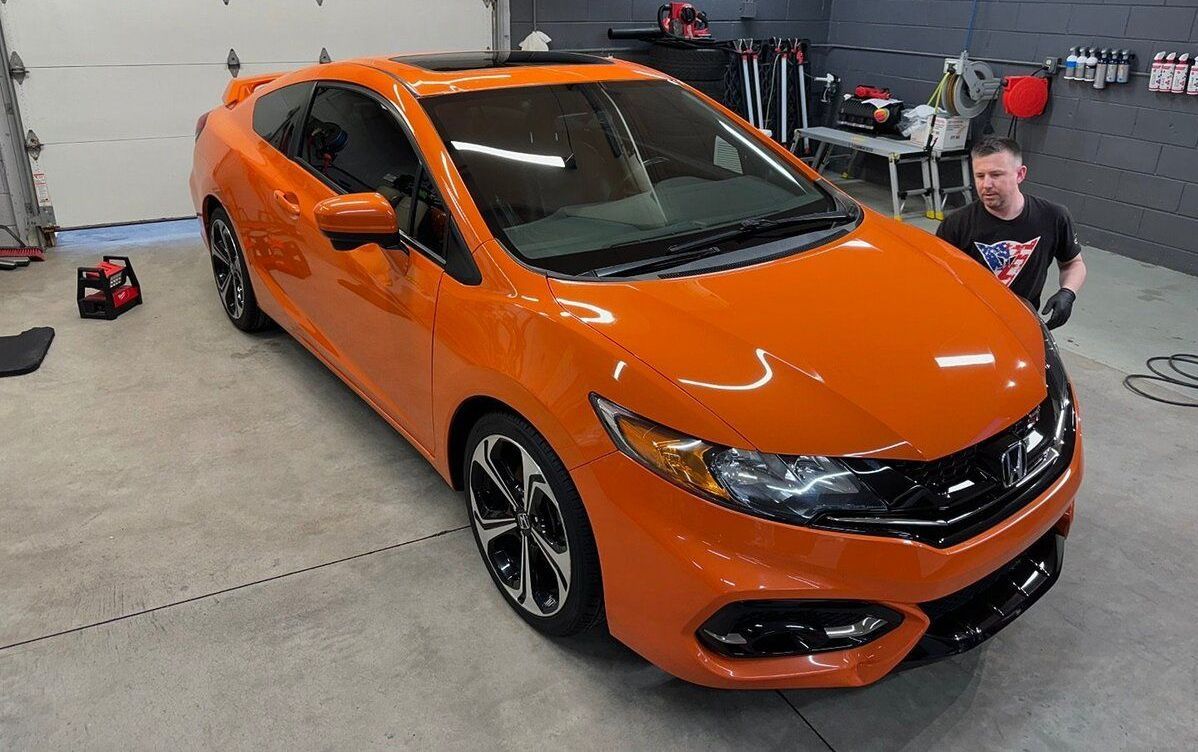How Long Does Ceramic Coating Really Last? The Honest Answer
If you’ve recently invested in a ceramic coating for your vehicle, you might be wondering just how long that protective shield will last. After all, you want to make sure you're getting the best value for your investment. Picture this: your car shines brilliantly under the sun, repelling dirt and grime effortlessly. But as time goes on, factors like maintenance habits and the environment begin to play critical roles in determining how long that glossy finish sticks around. In this article, we’ll break down the lifespan of ceramic coatings, explore key maintenance tips, and help you understand what to expect from your investment, all while navigating through the practical realities that can affect durability over time. So let's dive in and equip yourself to maintain your ride's pristine appearance!
Ceramic coatings typically last between 3 and 5 years with proper maintenance, although some high-quality products may offer warranties that extend up to 6 years or more under ideal conditions. Factors such as regular washing with pH-neutral soaps, avoiding harsh car washes, and using specific maintenance products can significantly influence the durability and effectiveness of the coating over time.
Ceramic Coating Longevity Explained
The longevity of ceramic coatings isn’t just about what the label claims; it’s a complicated relationship that involves several factors. The coatings primarily rely on their chemical composition, with silicon dioxide (SiO₂) being the star ingredient. This powerful compound grants ceramic coatings their renowned resistance against challenging elements, such as UV rays from the sun and harsh chemical exposure from road contaminants. In essence, SiO₂ acts as an armor for your vehicle's paint, extending protection beyond traditional waxes or sealants.
Yet, while these figures provide a favorable starting point, numerous external and internal factors can either enhance or diminish the effectiveness and longevity of ceramic coatings.
One of the most significant determinants is maintenance frequency. Regular care plays an indispensable role in ensuring that your coating performs at its best. Neglecting this aspect can lead to deterioration—improper washing methods may remove dirt but can also degrade the coating over time. Using pH-neutral soaps and avoiding abrasive materials are vital steps in maintaining the integrity of the coating since they help keep the surface smooth and hydrophobic.
Furthermore, investing in specialized shampoos designed for ceramic-coated cars can extend the lifespan by several months. For instance, some brands offer products specifically engineered to complement and refresh ceramic coatings. This consistent upkeep not only maintains gloss but also minimizes wear from environmental threats.
Studies suggest that with proper maintenance, some users have seen even a standard 2-year ceramic coating last up to 3 years under ideal conditions.
Another key player in this longevity equation is environmental influence.
Factors such as UV exposure and climate can significantly impact how well a coating holds up. For example, living in an area with high sun exposure might accelerate degradation; however, employing strategies such as frequent washes and using protective sprays designed for ceramic coatings can mitigate this risk. On the flip side, harsh winters could introduce road salt and grime that might lead to quicker breakdown if not addressed promptly.
Performance Degradation Over Time
It’s important to note that “lasting” doesn’t always indicate infallibility. The effective lifespan will often show signs of performance degradation over time rather than simply peeling or washing away. Reports from car enthusiasts indicate that many coatings lose about 10-15% durability annually if maintained well; hence, it’s not uncommon to find that a product advertised for seven years might perform optimally for less than half that time unless treated properly.
As we further explore this topic, recognizing how to combat these variables can truly make a difference.
So remember: keeping your ceramic coating scheduled for regular maintenance involves not just occasional washes but also employing specific products meant for its upkeep. By doing so, you maximize both its visual appeal and its functional protection, too. Proper dedication and knowledge ensure that your investment pays off, keeping your car looking stunning and safeguarded against the elements for a long time.
Transitioning into our next discussion, we'll examine critical aspects that play significant roles in maintaining ceramic coatings over time.
Key Factors Affecting Durability
Environmental Conditions
Environmental exposure indeed plays a pivotal role in how long your ceramic coating will last. If you live in an area with extreme weather, you might notice that your vehicle's surface deteriorates faster.
For instance, intense sunlight can break down the coating's chemical bonds over time, while heavy rainfall may wash away the protective elements more quickly than you'd expect. Coastal areas present their challenges; salty air can be particularly corrosive and hasten the degradation of even the most robust coatings.
Just think about it: every bead of salt and every ray of sunshine chips away at the protection that was designed to keep your car looking pristine.
But let's explore another key contributor to durability.
Quality of Application
How the ceramic coating is applied cannot be overstated. A professional installation often involves meticulous surface preparation and even layer application, significantly enhancing the performance and durability of the coating.
Professionals ensure thorough coverage, eliminating any potential imperfections that could weaken your car's protection against external damage. On the other hand, DIY jobs might save you some money upfront, but could lead to inadequately protected surfaces if not executed properly.
A poorly applied coating may peel or degrade prematurely, negating any savings you might think you’re getting from doing it yourself.
While environmental conditions and application quality are vital, there's another aspect that plays a critical role in maintaining integrity.
Driving Habits
Your driving habits also affect how well a ceramic coating holds up over time. For those who rack up high mileage or drive frequently on less-than-ideal road conditions—think gravel roads or heavily potholed streets—the risks are considerably higher.
Each bump on these types of roads can create tiny impacts that wear down the protective layer gradually, resulting in micro-abrasions. These insignificant dings may not seem like much initially, but they can add up over time.
In essence, if your car endures frequent impact or abrasion, you're likely to notice a decline in the coating’s capability to protect your vehicle against contaminants such as dirt and grime much sooner than someone who drives on smooth highways.
Alongside driving habits, maintenance routines play a crucial role in extending the longevity of ceramic coatings. Understanding these practices can further enhance the protective benefits provided by such treatments.

Real-World Lifespan of Coatings
In practice, the durability of ceramic coatings can often differ considerably from what manufacturers promise. Many factors contribute to this phenomenon, including the quality of the product, the application process, and how well you maintain the coating afterward. Some users might find their expectations skewed, primarily based on the very different environments in which they park their cars, be it a garage or an open lot.
The Impact of Environment and Maintenance
Proper care not only influences how long coatings last but can transform your entire experience. For instance, a driver who consistently performs ONR washes (One-Nine-Rinse) extends not just visual appeal but also the life of the ceramic coating by reducing elements that cause wear. Maintaining cleanliness is akin to prolonging wear on your favorite jacket; neglect can lead to premature fraying or loss of sheen.
If you park outside for prolonged periods without any protective covering like a carport or garage, the natural elements—precipitation, sun exposure, and even seasonal changes—can progressively diminish your ceramic coating's effectiveness. Thus, encapsulating your vehicle whenever possible helps reinforce that layer of protection.
Understanding how these factors interact can empower you to maximize the lifespan and performance of your ceramic coating, ensuring that you invest wisely in this essential protective measure for your vehicle.
With this knowledge at hand regarding lifespan and environmental impact, it's crucial to explore practical strategies that ensure your coating delivers on its promises.
Maintenance Tips for Lasting Results
Proper maintenance is key to extending the life of your ceramic coating. Your car deserves that extra attention, especially when it comes to protecting its finish. One of the most crucial steps in this process is regular washing. It’s important to use pH-neutral soaps specifically designed for coated vehicles.
Why pH-neutral? Harsh soaps have the potential to erode the protective qualities and shine of the ceramic layer over time. Using these specialized products helps maintain the integrity of the coating and preserves its hydrophobic properties.
Just as critical as using the right cleaning products is how often you wash your vehicle; this leads us to an essential tip: avoiding automatic car washes. While they may be convenient, those spinning brushes can cause micro-scratches that compromise the coating's effectiveness. Instead, opt for hand-washing techniques or touchless car washes that minimize contact with surfaces—this will go a long way in maintaining that flawless finish.
Using ceramic boost sprays can significantly extend the lifespan of your ceramic coating. These products are designed to rejuvenate and enhance the properties of your existing coating. Applying them every three to six months can significantly reinforce their hydrophobic qualities and restore gloss.
Consider these sprays like vitamins for your car’s finish; they provide that much-needed nourishment to keep your coating performing at its best.
Furthermore, while we adore nature, be cautious where you park your vehicle; avoid parking under trees whenever possible. Why? Tree sap and bird droppings are not only unsightly but also acidic, which can damage your ceramic coating over time if left unattended. Often, removing these substances quickly is essential to prevent etching into the paintwork.
Lastly, regular inspections should become part of your routine maintenance checklist. Checking for signs of wear or degradation allows you to address issues early on. If you notice any decline in performance, don’t hesitate to have a professional reapply the coating as necessary to keep things looking pristine.
By embracing these simple yet effective practices—using pH-neutral soaps, avoiding automatic washes, applying ceramic boost sprays periodically, steering clear of tree hazards, and conducting regular inspections—you’ll not only prolong the life of your ceramic coating but also maintain that beautiful showroom sheen for years to come.
Understanding these maintenance aspects leads naturally to exploring various options available on the market and how they differ in terms of longevity and protective capabilities.
If you're ready to protect your vehicle with high-quality ceramic coatings tailored to your specific needs, visit Exquisite Auto Spa or call us at 414-477-2134 for more information!
